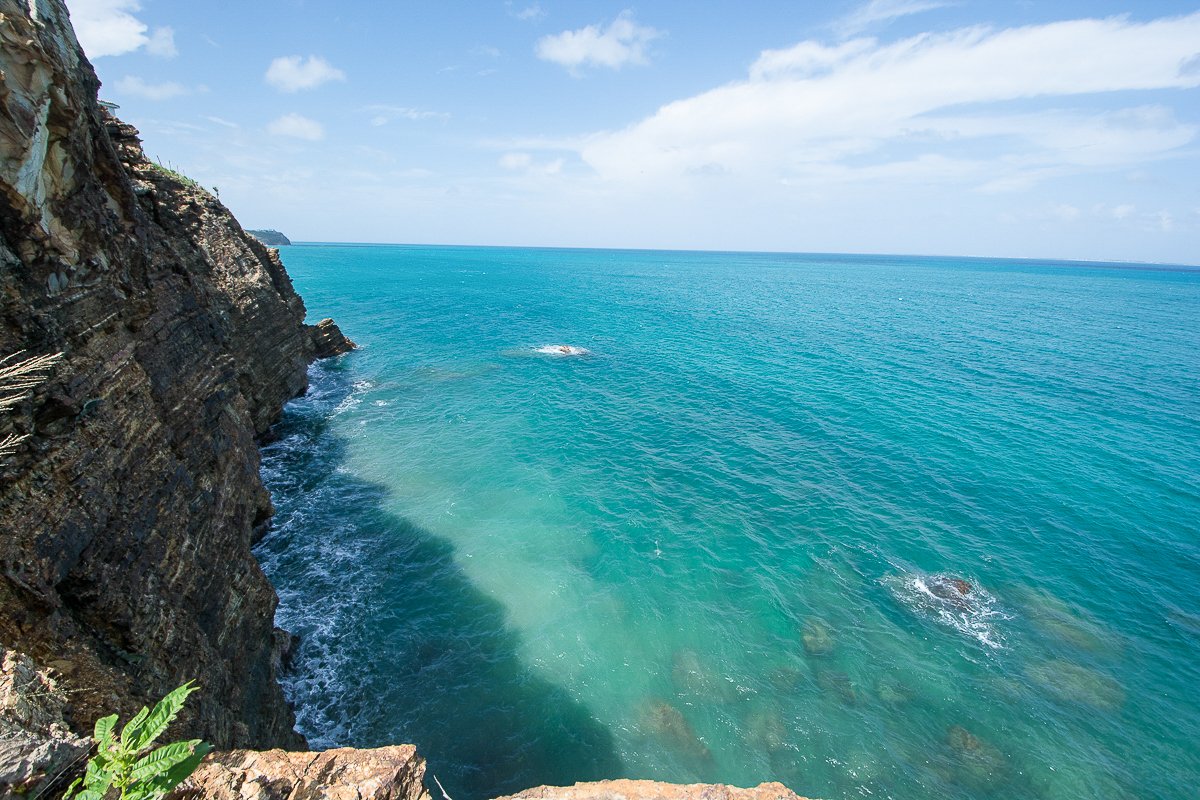Table of Content
While dungeness crabs are known for snacking on squid and worms, king crabs prefer clams and other living sea life. If you’ve been wondering how to catch Sand Crabs, keep reading! These tiny creatures live in the sand and feed on the wet sand left by breaking waves.

During their first year, sand crabs reproduce and feed on other creatures. If the water is warm enough, they can live for up to two or three years. Similar to your pets, the body of the sand fleas will absorb the alcohol, which is also poisonous, and they’ll be dead in minutes. After using the salt to disinfect your home of sand fleas, it would be wise to prevent such from happening again. Have any cracks in your walls or doors permanently sealed to avoid further incursions from not just the fleas but other pests.
Can sandsand fleas survive salt?
At Insectek, we understand how disruptive and dangerous pests can be for your home and health. We’ve helped families in Arizona keep their homes safe with state-of-the-art pest control services. Our technicians create specific plans for your needs and can save you time, money, and stress. The fact is that these insects are tiny, and as a result their eggs and larvae are tiny too. Fleas will bite and feed on humans, but the reality is that they do not wish to live on us. You can use a variety of home remedies to repel sand fleas.
The most common question about sand fleas is, “Is a sand flea a crab? ” The answer to that question is a resounding YES! They’re actually members of the Decapoda, the family Emerita.
How do you catch sand crabs on the beach?
Whenever you travel to a beach destination, take some of these remedies with you. So, you might mistakenly have sand fleas travel home with you, but will hardly have any issues relating to bites or other forms of discomfort. The insects we are most likely to run across on a trip to the beach are biting flies, midges and fleas. Black fliesare sometimes also called “turkey gnats” and “buffalo gnats” because they tend to prey upon wildlife and livestock. These bloodsucking pests can also feed on humans, unfortunately.
Sand fleas are generally encountered on beaches along coastal areas of the U.S. near the high-tide mark, plus inland coastal marshes. They are most active at night when they’ll emerge to forage for food. During the day, they’ll stay buried in the sand unless disturbed by beach activities. They mostly live in water, but some species are terrestrial and live in damp areas where they feed on rotting organic matter. The short answer to that question is that Americans typically don鈥檛 have true sand fleas in their homes. These sand dwellers include several species of crustaceans, such as sand crabs, roly polies, beach grasshoppers, sand fleas, and sandflies.
How do you know if your dog has sand fleas?
Since they cannot swim, they enter shallow water to replenish their supplies or escape predators. Their gills are located under their carapace near the first pair of walking legs. The crabs get oxygen through water or the moisture in the air. The downside of sand fleas is that they carry the Vibrio Vulnificus bacteria.

But also to small crustaceans that live in coastal and marshy areas and are also known as beach hoppers, beach fleas and sand hoppers. The best way to deal with sand fleas is to prevent them from becoming a problem in the first place. If you live in an area where these fleas are common, take steps to keep your dog away from areas where they might be found.
Then, squeeze out their intestines and remove any shell debris. When setting your crab net, be sure to tie it to something above the high water mark. This way, you won’t accidentally snag the crab if it tries to escape. Another important tip when setting crab pots is to make sure that they have natural fibre netting. Plastic netting can snag on steel hoops, so be sure that the netting you use has natural fibre. Avoid using synthetic plastic nets because they will rot and cause a safety hazard for you and other animals.

But this insect is not a problem unless travel takes one to the Caribbean, Central and South America, plus parts of Africa and India. Because sand fleas are more likely to travel home with you or a pet, they will not infest your home traditionally very often. However, it is important to understand what sand fleas are vs. regular fleas and other pests – and how to deal with them. How to get rid of fleas in your home Use a powerful vacuum on any floors, upholstery, and mattresses. Employ a steam cleaner for carpets and upholstery, including pet beds.
As I mentioned, sand fleas feed on the blood of mammals, dogs, and cats. You can catch sand fleas under the sand using a sand flea rake or by using just your hands and a bucket lid during an outgoing tide. Sprinkle salt on all the carpets and leave it there for 24 hours before vacuuming it off. The salt dehydrates the sand fleas and kills them. If none of them work, always take your dog to the vet!

Once a chigger bites and breaks away, it quickly dies. They cannot spread from person to person or even bite you multiple times along the way. Flea bites often appear around the ankles or legs, waist, armpits, breasts, groin, or in the creases of the elbows and knees.
Aloe vera and an oatmeal bath can also help with discomfort in severe cases. You may be able to see the fleas themselves, or you may see small, dark dots. To make an excellent meal of an Atlantic sand crab, you should know how to clean it. After that, the crab should be boiled or fried in hot oil.
No comments:
Post a Comment